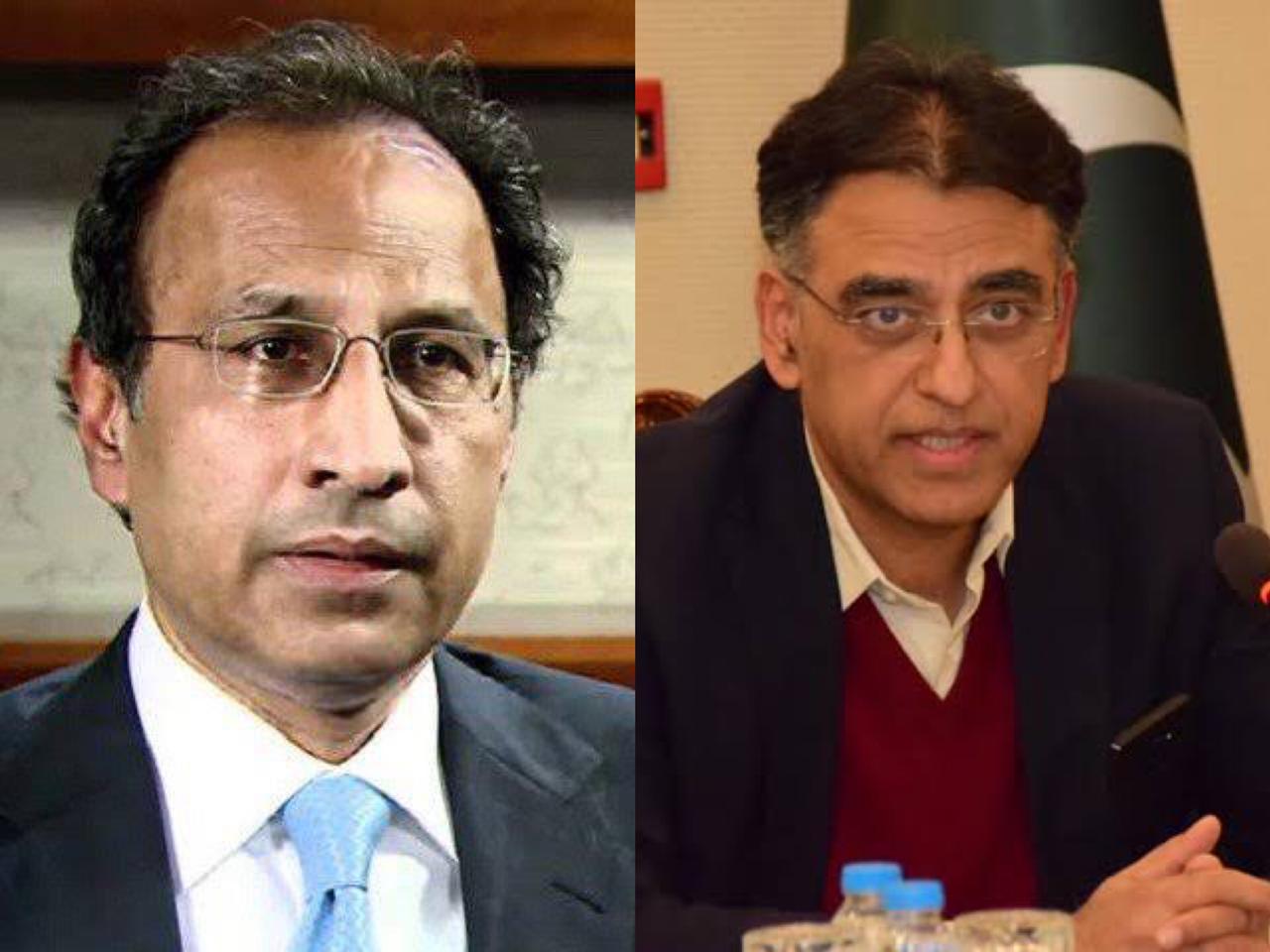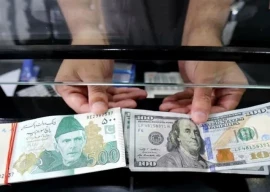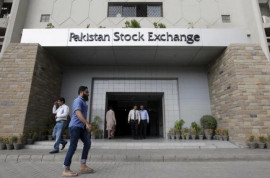
The changes are likely to be a catalyst for major shifts in economic policies. The Pakistani economy is currently struggling with a high fiscal deficit and a current account deficit combined with deteriorating foreign currency reserves. The change in the economic management team indicates that the government has opted for tougher policies that will have implications for the political economy of Pakistan.
The IMF expects gross domestic product (GDP) growth of 2.9% in FY19, sharply lower from 5.2% in FY18. The GDP growth rate (at constant 2005-06 base price), as reported by the State Bank of Pakistan (SBP), has averaged about 5.2% between FY16 and FY18.
According to the monthly inflation snapshot provided by the SBP, the annual average general Consumer Price Index (CPI) between FY16 and FY18 was 3.7%. This was a significant recovery from the average of 9% between FY11 and FY15. The average year-on-year CPI between February and April 2019 was reported at 8.8%.
The period average in April 2019 since the start of the fiscal year is 7% compared to 3.8% in April 2018. The month-on-month average is above 1% for the last three months.
The fiscal deficit touched Rs1.6 trillion between July 2018 and March 2019, which is expected to surpass Rs2.5 trillion by the end of the fiscal year. The IMF recently forecast that the fiscal deficit would increase to 7.2% of GDP in 2019 and 8.7% of GDP in 2020 in its flagship report “Fiscal Monitor: Curbing Corruption”.
However, the IMF forecasts the deficit will decrease to 7.7% in FY24. Comparatively, the deficit for India is forecast at 6.9%, declining to 6.1% by 2024. On the other hand, the countries with the highest fiscal deficit are Libya, Venezuela, Egypt and Brazil, reporting the deficit as a percentage of GDP of more than 7.2%.
However, Egypt is expected to reduce the deficit from 12.5% of GDP in 2016 to 3.8% in 2024. Egypt’s experience is a primary case study as the expected values show an improvement on certain indicators after undertaking a $12-billion Extended Fund Facility from the IMF in 2016.
The general government expenditure as a percentage of GDP for Pakistan is expected to be 22.2% in 2019, increasing to 22.6% in 2021. Comparatively, the figure for India is 27.2% in 2019. The average for Menap (Middle East, North Africa and Pakistan) is 32.2% in 2019. Pakistan ranks amongst one of the lowest in the group of emerging markets and middle-income economies.
Pakistan, IMF strike $6 billion deal: Hafeez Shaikh
The general government revenue as a percentage of GDP for Pakistan is expected to be 14.9%, again one of the lowest in the region. This is expected to decline to 14.7% in 2024. Pakistan must improve its ability to generate greater revenue. The comparative value for India is 20.4% for 2019 and 20.5% for 2024. The average for Menap is 27.8% for 2019.
Although the government revenue for Egypt is expected to remain stable at 20% of GDP, its expenditure will be sharply curtailed from 35.7% in 2014 to 23.6% in 2024.
Debt levels
Pakistan government’s net debt as a percentage of GDP is expected to be 72.7% in 2019, increasing to 83.2% in 2024. This value was at 60.1% in 2013. The average for Menap is 36.2% in 2019. The Menap region reported a negative net debt when oil prices were at their peak.
Pakistan reports one of the highest debt levels amongst the emerging and middle-income economies, only being surpassed by Egypt. However, in 2024, Pakistan will report the highest debt levels as Egypt will manage to reduce its net debt from 93.9% to 70.6% in a period of seven years. The total external debt and liabilities of Pakistan were 35.8% of GDP in December 2018, an increase from 28.7% in December 2017, as reported by the SBP. However, the external debt servicing declined in FY18 as principal payments decreased. On the other hand, interest payments continued to increase.
The total external debt and liabilities of Egypt, as reported by the IMF, were 41.3% of GDP in 2017, which are expected to decline to 29.9% in 2019.
Egypt has been relatively successful in its performance under the IMF programme. Its reserves have increased to more than $40 billion in 2019 from a low of $15 billion in 2015 and its headline CPI has improved from a peak of 33% in July 2017 to 13% in April 2019. Its current account deficit has decreased from a high of 6.2% of GDP in 2016 to an expected level of 2.1% in 2019.
Egypt had an overvalued real effective exchange rate in 2015, at 117.1%, and it was undervalued significantly at 73.7% in 2017.
Bailout talks with IMF hit last-minute snag
According to the ITC’s Trademap.org, the trade deficit of Pakistan in 2018 was $36.5 billion. The trade deficit of Egypt in 2018 was $51.6 billion. Higher tariff rates and lower GDP growth reduced the trade deficit for Pakistan. Imports into Egypt have continued to increase from $58 billion in 2016 to $80 billion in 2018.
Like Pakistan, its major imports are mineral fuels and machinery, particularly telephone sets. However, Egypt was able to increase exports from $22 billion in 2015 to $29.3 billion in 2018, primarily as a result of its exports of mineral products.
Egypt has further diversified its export base towards precious metals, primarily gold, and fertilisers. Unfortunately, the export growth for Pakistan has been dismally flat. The reduction in trade deficit in Pakistan is primarily due to the decline in imports. Egypt also reported an increase in the influx of tourists, bolstering its foreign reserves.
The new economic management must ensure such policies that raise government revenue and improve efficiency in expenditure as well as significantly improve the business environment, which would generate export revenue and contribute to foreign currency reserves.
The writer is the Assistant Professor of Economics and Research Fellow at CBER, IBA
Published in The Express Tribune, May 13th, 2019.
Like Business on Facebook, follow @TribuneBiz on Twitter to stay informed and join in the conversation.

















COMMENTS (1)
Comments are moderated and generally will be posted if they are on-topic and not abusive.
For more information, please see our Comments FAQ